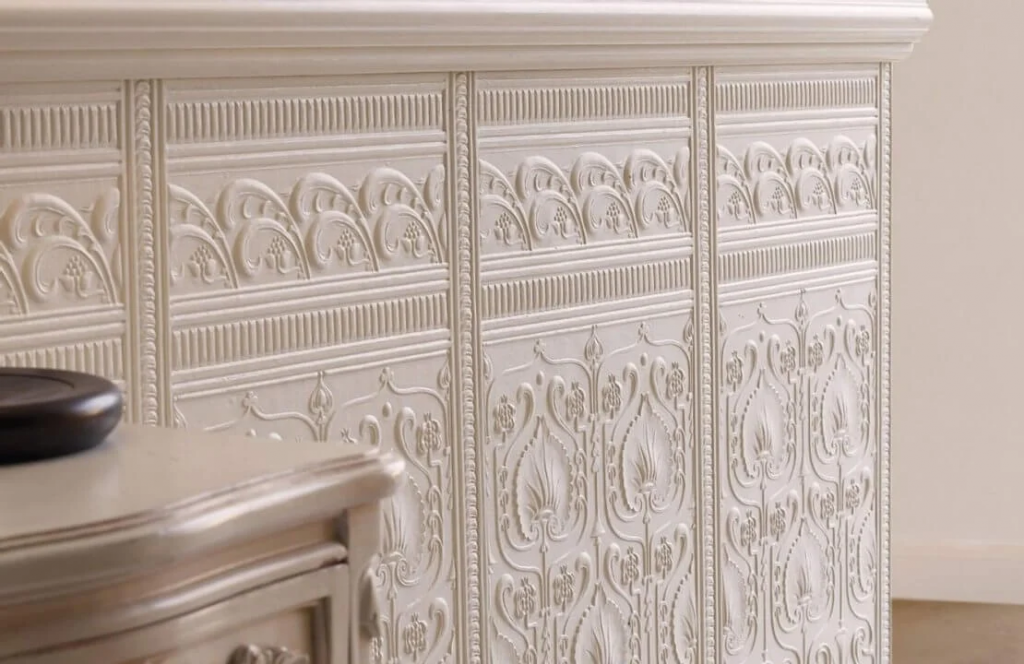
Dado rails are a classic and stylish addition to any home decor, adding elegance and character to your walls. A dado rail typically runs horizontally along the wall, usually at the height of around two-thirds of the wall from the floor dado walls. It creates a separation between the lower part of the wall and the upper part, often used in grander homes during the Victorian era.
In this ultimate guide, we’ll be exploring everything you need to know about dado rails, including their history, types, and how to install them in your home. We’ll also dive into inspiration for matching dado rails with your interior design style.
History of Dado Rails:
Dado rails date back to ancient Greece and Rome, where they were used for practical purposes such as protecting the walls from scratches and damage. In the Middle Ages, they became more of a decorative element, featuring foliage, flowers, or heraldic devices. In Victorian times, dado rails were a signal of status and wealth, becoming a staple in grand homes.
Types of Dado Rails:
There are three primary types of dado rails: wood, plaster, and composite. Wooden dado rails are classic and often made of oak, pine, or spruce. They can be finished or left to show natural wood grain. Plaster dado rails are made with plaster and can be purchased in lengths or custom made to fit the walls. Composite dado rails are made from a combination of materials, such as plaster and polystyrene, are lightweight, and easy to install.
Choosing the Right Dado Rail for Your Home:
When choosing the right dado rail for your home, consider the room’s style, ceiling height, and any existing features you want to enhance or hide. If you have a small room, a simple design and using light colors can make space feel more open and elegant. If you have a large room or a high ceiling, an ornate, detailed design will add additional character and grandeur.
Installing Dado Rails in Your Home:
Before beginning installation, consider the height you want to place the dado rail, typically around two-thirds of the wall. Measure the length of the wall and add a few extra inches to account for cuts. Use a level and pencil to draw a straight line where you want to place the dado rail. Once you’ve determined the positioning, you can attach the rail to the wall. Begin with the corner sections, and then measure and cut the straight sections, cutting the ends at an angle to fit snuggly with the corner piece.
Matching Dado Rails with Your Interior Design Style:
Dado rails work with any interior design style, from modern and minimalist to classic and ornate. For a contemporary look, consider a simple and streamlined design, such as a wood dado rail painted in white. For a vintage feel, consider intricate plasterwork with beautiful detailing and a darker color. A dado rail can also be an excellent way to add contrast to your walls, by painting the upper and lower sections different colors.
Conclusion:
A dado rail is an elegant addition that can unify your decor and add a classic touch of style to your home. With its long history and timeless design, the right dado rail can transform the look and feel of your living space. Now that you have the ultimate guide to dado rails, it’s time to decide which style and design work best for your home. Add your personal touch and create a lovely, cozy space that feels uniquely you.



